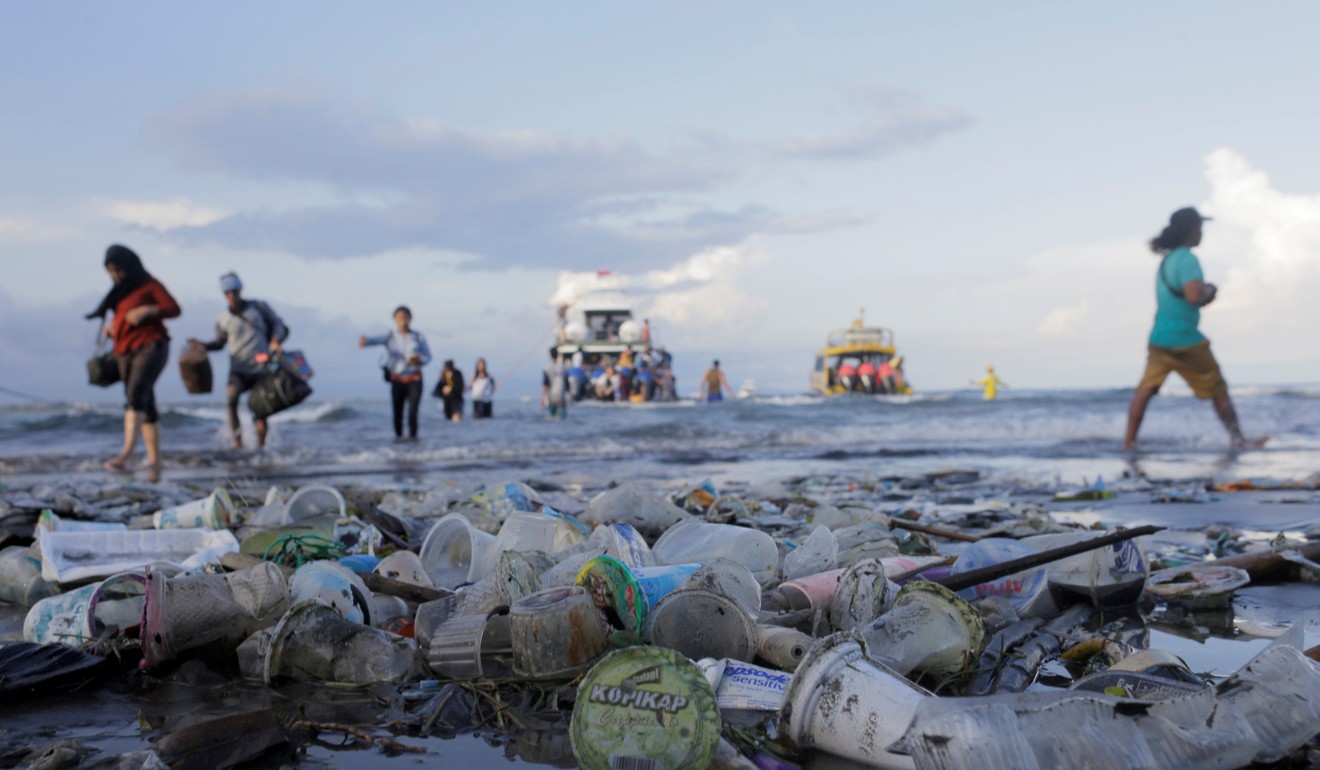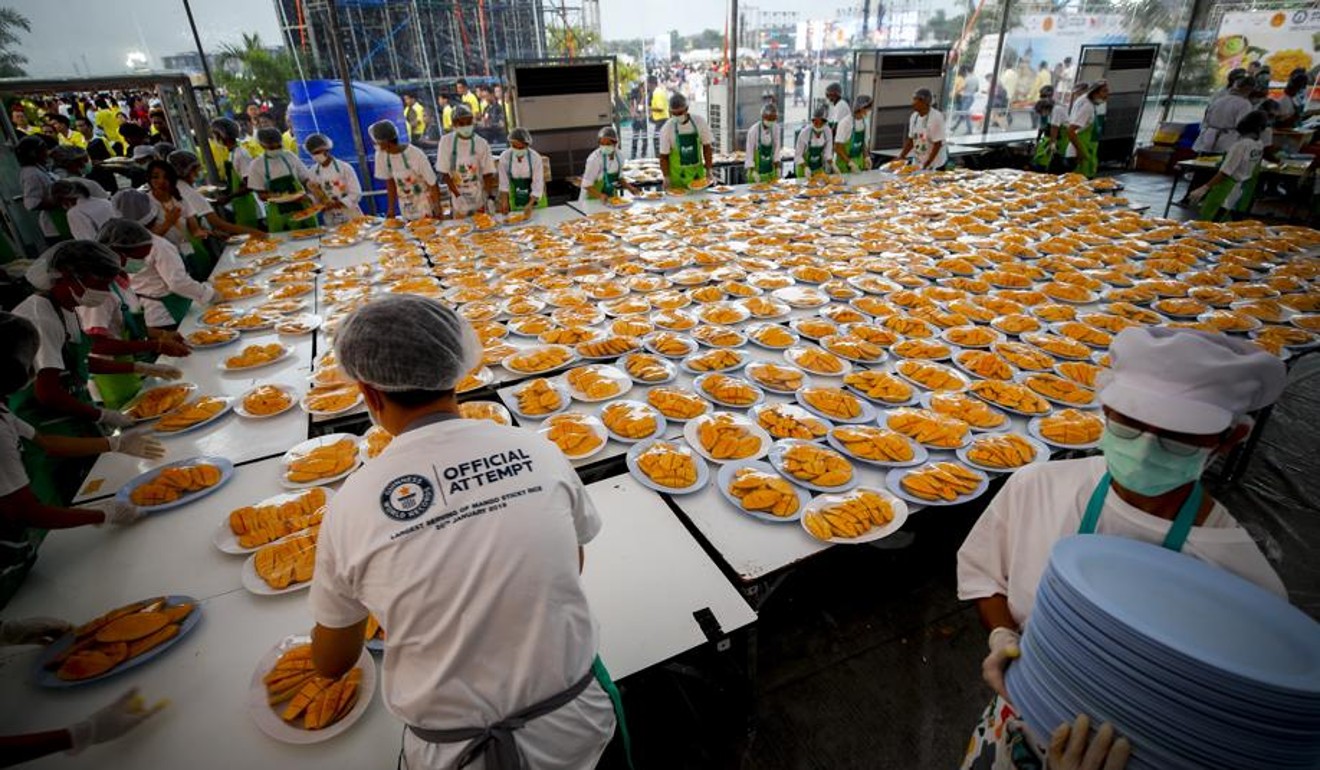
The doom boom: ‘Last-chance tourism’ causes more harm than good, and why travellers should stay away
- Climate-minded travellers keen to experience a place before it is changed or gone forever are part of the problem, whether they acknowledge it or not
They are all recipients of “last-chance” tourists, travellers keen to experience a place before it disappears or is transformed beyond recognition, the victim of climate change or globalisation.
In 2016, the Journal of Sustainable Tourism published a study titled “Last chance tourism and the Great Barrier Reef”, which found that 69 per cent of visitors to the natural wonder felt a sense of urgency, to see it before the water gets too warm, the corals all bleach and the 2,300km-long ecosystem dies.
The issue with this is the role these tourists play in the reef’s ultimate extinction.
One third of Great Barrier Reef corals killed in marine heatwave
To reach their destination, the visitor will board a fossil-fuelled plane, and seeing as the reef is in a far-flung corner of the globe, that is in most cases going to be a large, long-haul fossil-fuelled plane. As they sit back to consume instantly forgettable food and films, our environmentally minded traveller is in many cases ignorant of the carbon impact they are making; after all, the airline industry hardly makes a song and dance of how polluting it is.
According to Cathay Pacific’s carbon-emission calculator, an economy-class round trip from Hong Kong to Cairns, the international airport that is closest to the corals, will produce 0.96 tonnes of carbon dioxide emissions – about 15 per cent of the average Hongkonger’s annual carbon footprint – which the airline invites passengers to offset for a grand total of HK$22.65 (US$2.9). Offset or not, any CO2 that ends up in the atmosphere advances the warming of the climate and the ocean, contributing to coral bleaching and the killing of the Great Barrier Reef.
And that’s just part of the problem.

Other tourists want to visit places before everyone else does and the experiences are “ruined”. Well, guess what? The very act of doing so erodes the authenticity the last-chancer so desperately seeks. It’s the sort of irony Alanis Morissette might sing about, but it has a much more transformative influence than “a black fly in your chardonnay” or “rain on your wedding day”.
There are those who argue that last-chance tourism raises public awareness of climate breakdown or overtourism but the difference between understanding the issues and taking action to help remedy them remains wide. Speaking to British newspaper The Independent in June last year, Eke Eijgelaar, a researcher and lecturer at the Breda University of Applied Sciences, in the Netherlands, said that he didn’t believe the awareness raised outweighed the negative effects tourism can have on increasingly fragile environments.
Last-chance travel also goes by another name, “doom tourism”. Suddenly, that trip to see Antarctica’s melting glaciers, or the Pacific Island nation of Tuvalu, which is disappearing under rising seas and will reportedly be uninhabitable by 2050, doesn’t sound quite so appealing, does it?
Bali to introduce US$10 tourist tax

Speaking outside the Bali Legislative Council building, the governor of the island, Wayan Koster, said: “This will give us better fiscal space to support the development of Bali.”
Why is tourism so bad for Southeast Asia’s beaches?
Plastic waste is a major issue, particularly during the wet season, when rain and ocean currents wash waves of rubbish onto the island’s beaches. Last month, Wayan announced a ban on single-use plastic in Bali, with the intention of reducing marine pollution by 70 per cent within a year.
Thailand woos Chinese tourists with sticky rice and mango diplomacy

The latest olive branch came in the form of a Guinness World Record-breaking banquet on January 20, to which 10,000 Chinese tourists were invited to feast on dessert made from 5,000 mangoes and 1,500kg of sticky rice. Titled “We Care About You”, the event was presided over by Deputy Prime Minister Prawit Wongsuwan, the man who had stoked ire after the tragedy by telling the media it had been a case of “Chinese doing it to Chinese”, the tour boat in question having been operated by a Chinese company.
According to the Bangkok Post, the timing of the event, just ahead of the Lunar New Year, was no accident, as Thailand hoped to cash in on one of Asia’s busiest travel weeks of the year.
In an opinion piece on January 22, the same newspaper wrote, “It’s possible that [Gen Prawit] believes sincerely that a big banquet with tonnes of the country’s favourite dessert being handed out for free will suffice in assuaging the Chinese tourists’ feelings […]
“It remains to be seen whether the sticky rice and mango diplomacy will succeed in sending a goodwill message from Gen Prawit to the Chinese tourists he insulted, and whether enough of them will arrive in Thailand soon to boost the national income and sagging economy.”

